A Gem Born of Fire and Stardust
Peridot, the striking green gemstone cherished across civilisations, is more than a symbol of beauty; it is evidence of geologic power and cosmic wonder. Formed deep within the Earth’s mantle and found in meteorites from space and even on the Moon, peridot is truly both “earthly” and “extraterrestrial”. Known as the “extreme gem” and often celebrated as the August birthstone, peridot’s story is one of fire, volcanic eruption, and stardust.
What is Peridot?
Definition and Mineral Family
Peridot is the gem-quality form of the mineral olivine, a magnesium-iron silicate. Olivine itself typically appears in volcanic rocks and peridotite from Earth’s upper mantle. But only the purest, transparent green crystals earn the name peridot.
Distinct Features
Peridot is unique among gemstones because of its consistent olive-green colour. Which is not caused by trace impurities but by the presence of iron in its crystal structure, a trait called idiochromatic. For this reason, peridot ranges from yellowish-green to a deep olive, but its hue is always some shade of green. Peridot has a Mohs hardness of 6.5 to 7, making it suitable for most jewellery, though softer than other gems.
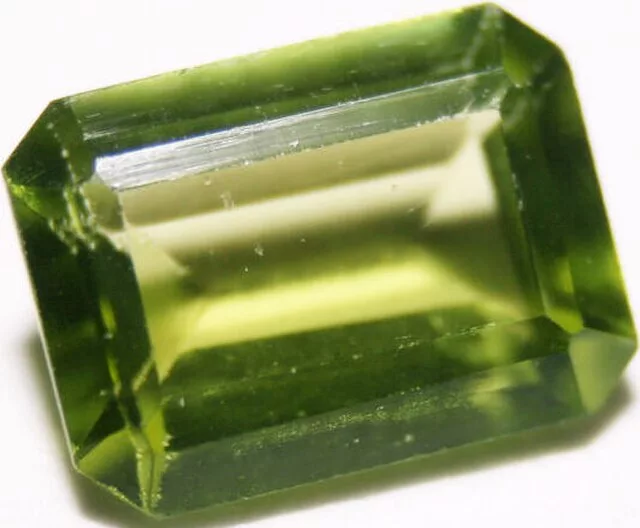
Peridot’s Birthplaces
Earth’s Mantle Origins
Peridot is among the few gemstones, alongside diamond, formed not in the Earth’s crust but deep within the mantle, more than 20 miles below the surface. Intense heat and pressure foster the growth of olivine crystals, which languish below until violent volcanic eruptions or tectonic upheaval thrust them upward. When magma cools, the olivine crystals can form pockets, veins, or even pebbles in basalt or peridotite rock.
Extraterrestrial Sources
Meteorites
Peridot is sometimes literally stardust! Crystals of the same mineral (olivine) are found in rare pallasite meteorites, remnants of the early solar system that occasionally land on Earth. These space-borne peridots can be billions of years old, older than most earthly gems.
The Moon and Comets
NASA’s lunar missions and the Stardust probe have confirmed the presence of olivine and peridot in both Moon rocks and comet dust, capturing samples brought back to Earth. The discovery that much of the Moon’s upper mantle contains olivine shocked mineralogists, linking our planet’s and the Moon’s formation stories.
Tip! Read The Meteorites: Encounters with Outer Space and Deep Time by Helen Gordon.
Peridot’s Geological Journey
From Mantle to Surface: Volcanic Forces
Peridot’s journey from the Earth’s mantle is arduous. The peridot crystals are embedded in igneous rocks, such as basalt, and are released only through the immense forces of earthquakes and volcanic eruptions. Once at the surface, weathering further frees the crystals, sometimes concentrating them in alluvial deposits.
Meteorites: The Long Voyage to Earth
In contrast, space peridot forms in asteroid bodies or proto-planets during the solar system’s earliest days. When a collision blasts a fragment into our path, it falls as a meteorite, sometimes breaking open to reveal sparkling green gem pockets. Only a small number (61 confirmed pallasites) have peridot gems large enough for cutting.
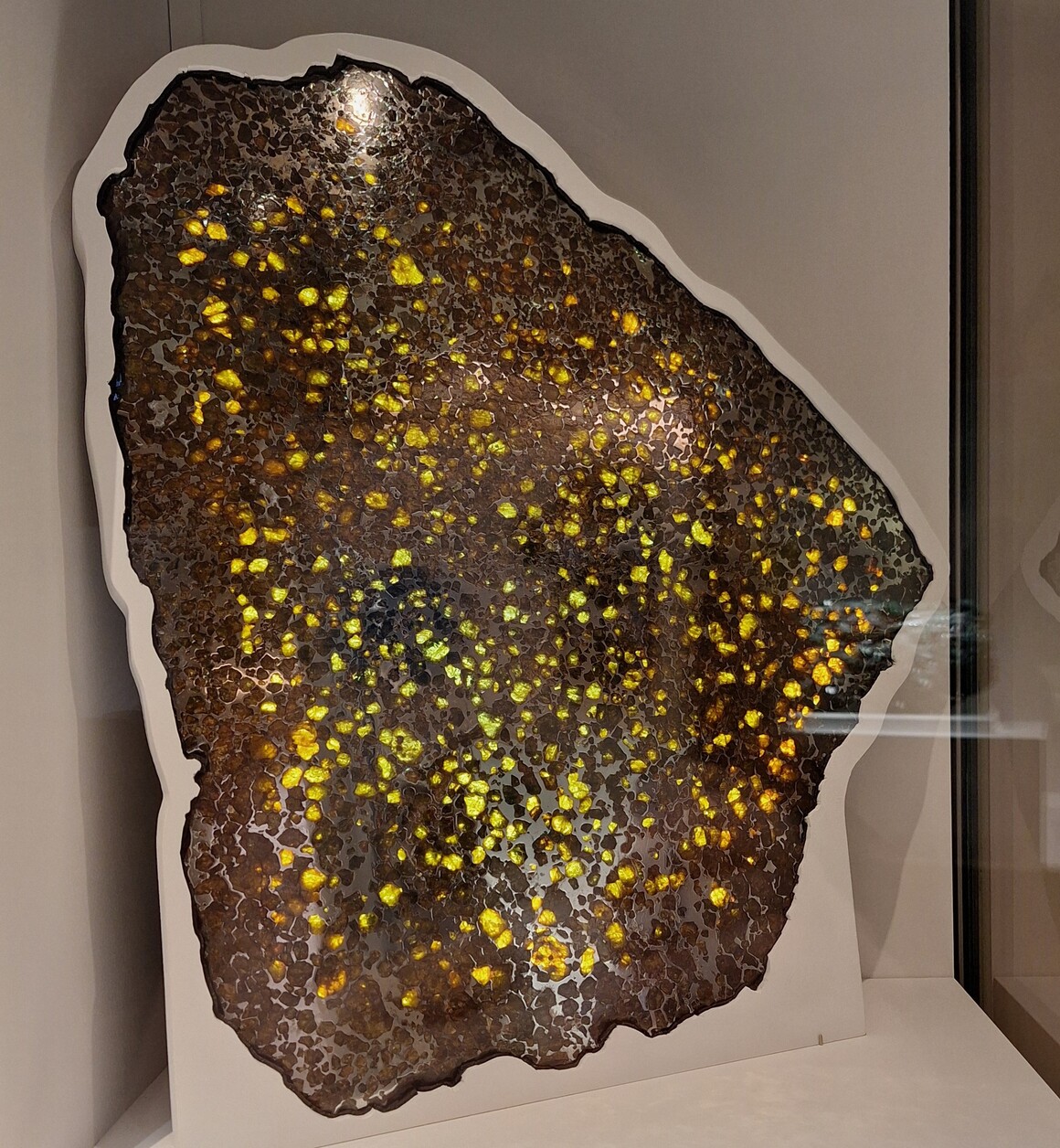
Moon and Comet Discoveries
Analyses of lunar regolith and comet returns have confirmed traces of olivine and magnesium-iron silicate, the cosmic cousins of terrestrial peridot. The Moon’s mantle is believed to be rich in olivine, suggesting a common geologic thread runs between Earth and its satellite.
The History and Lore of Peridot
Egypt: Gem of the Sun
Peridot’s legend is ancient. The Egyptians, who called it the “gem of the sun,” mined peridot from the island of Zabargad (St. John’s Island) in the Red Sea as early as 1500 B.C.. They believed the stone glowed with the sun’s own energy, using it for ritual and royal adornment.
Legend holds that miners sought peridot by night, when its greenish luminescence made it easier to spot with lamps. Some of Cleopatra’s famed “emeralds” were almost certainly peridot, as emerald sources were unknown to Egyptians but Zabargad was abundant in olivine gems.
Other Cultures
In Hawaiian mythology, peridot represents the tears of Pele, goddess of fire and volcanoes. Peridot even graces biblical lore, believed to be one of the stones in Aaron’s breastplate.
Romans dubbed peridot the “evening emerald,” claiming it glowed after dark. Medieval Europeans treasured peridot as a talisman against evil spirits and adorned church treasures, sometimes mistaking peridot for emerald.
Physical and Chemical Properties
Always Green—A Unique Spectral Signature
Unlike most gems (such as sapphire or tourmaline, which get colour from impurities), peridot’s colour comes directly from its structure—a direct result of iron, not outside “contaminants.” This is why peridot is always green, though the shade varies with iron content. High-iron stones appear deeper olive or even brownish; lower-iron peridots sparkle in bright chartreuse.
Chemical Composition and Durability
Peridot is a magnesium-iron silicate, formula (Mg,Fe)₂SiO₄. With a Mohs hardness between 6.5 and 7, it is resistant to casual scratches but susceptible to hard blows and sudden temperature changes.
Peridot in Modern Culture and Jewellery
Birthstones and Anniversaries
Peridot has been officially recognised as the birthstone for August since the early 20th century, with the adoption of standardised lists by jewellers and trade associations. This designation means peridot jewellery is commonly gifted to those born in August, symbolising luck, strength, and peace. The stone’s dazzling green hue is thought to echo the high summer, embodying vitality and growth.
In addition to its birthstone status, peridot is the designated gemstone for 15th wedding anniversaries. Tradition holds that gifting peridot jewellery at this milestone celebrates enduring love and signals a renewal of vows and affection. The gem’s reputed protective qualities are believed to guard marital happiness and ward off negativity.
Symbolism and Meaning
Modern wearers embrace peridot not only for its beauty but also for its symbolism. Ancient lore—revived in contemporary self-care movements—positions peridot as a stone of renewal, harmony, and emotional balance. Many believe it provides a fresh start or a protective talisman during periods of transformation, making it popular among those seeking new beginnings or overcoming challenges.
Popularity and Trends in Contemporary Jewellery
Peridot’s luminous, idiochromatic green allows it to shine in a range of contemporary jewellery styles. From classic solitaires to avant-garde designs, it is used in:
- Rings: Often set in yellow or rose gold to highlight their warmth, peridot rings are chosen for both everyday wear and special occasions.
- Earrings: Studs, drops, and hoops featuring the gem provide an affordable yet eye-catching splash of colour.
- Necklaces and Pendants: Peridot pendants are favoured for their lively hue and symbolic association with prosperity and growth.
- Bracelets and Men’s Jewellery: Increasingly, designers incorporate peridot into unisex and men’s collections, taking advantage of its bold colour and durability.
Pop culture and celebrity endorsements have contributed to renewed interest in peridot. Fashion designers and major jewellery houses regularly feature peridot in summer and spring collections due to its fresh, statement-making colour. It is also featured in “stacking” trends, where multiple gemstones are layered for a personalised, modern look.
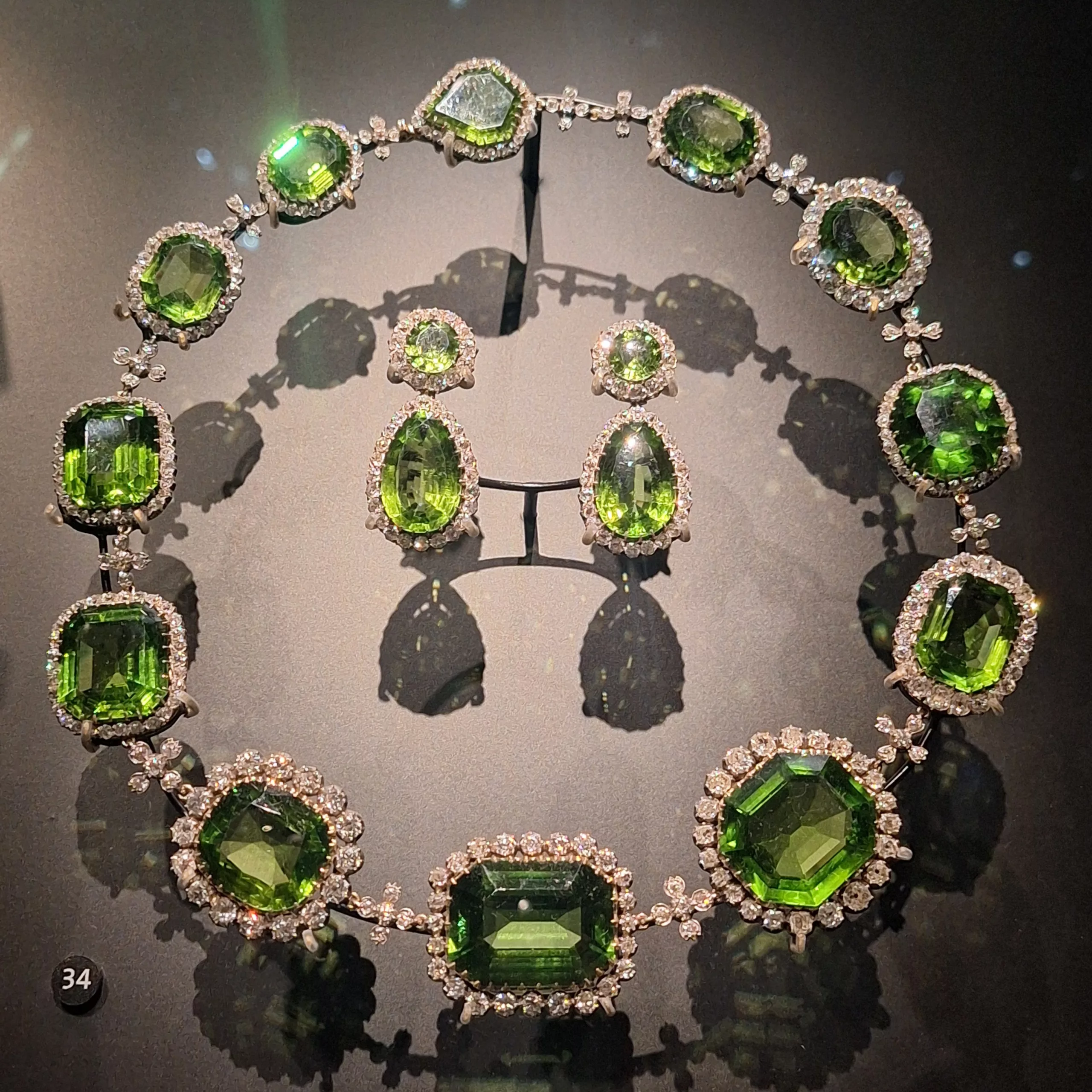
Spiritual and Healing Properties
Traditional and modern metaphysical communities credit peridot with the ability to release negativity, inspire happiness, and strengthen clarity of thought. As a “heart” stone, it is reputed to encourage openness, emotional healing, and growth. In folklore, it is believed to defend against evil spirits and promote prosperity.
Conclusion
Peridot’s incredible journey from deep within the fiery mantle or through the cold reaches of space, borne by comets, meteorites, and ancient volcanism, marks it as a gemstone unlike any other. Its continual green, legend-rich history and growing allure in jewellery firmly secure its role as both a geological marvel and a cultural treasure. In every stone, one finds a sparkle of fire and stardust; a testament to peridot’s place as the most “extreme gem” of all.
Frequently Asked Questions (FAQ)
Mantle peridots originate from Earth, formed by geologic heat and pressure, while meteorite peridots formed in outer space, often billions of years ago, inside pallasite meteorites.
Peridot is idiochromatic; its colour comes naturally from iron in its crystal structure, not from impurities. This ensures it is always some shade of green.
Earth-formed peridot is not as rare as diamond, but gem-quality space peridots, especially those large enough to cut, are extremely rare.
Ready to Start Your Gemstone Journey?
Don’t wait to discover the world of gemstones! Explore these essential reads right away.
Fascinated by this article and want to deepen your gemstone expertise? Dive into our comprehensive Gemstone Encyclopedia. Here, you’ll discover detailed information about hundreds of precious and semi-precious stones, including their properties and values.
For those interested in the rich cultural significance and fascinating stories behind these treasures, our History section offers captivating insights into how gemstones have shaped civilisations. Or perhaps you’d like to learn more about birthstones?
And if you’re considering gemstones as more than just beautiful adornments, visit our Precious Metal Investing guide. Here you will learn how these natural wonders can become valuable additions to your investment portfolio.
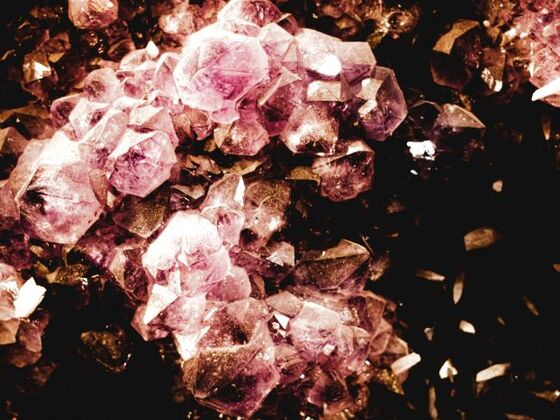
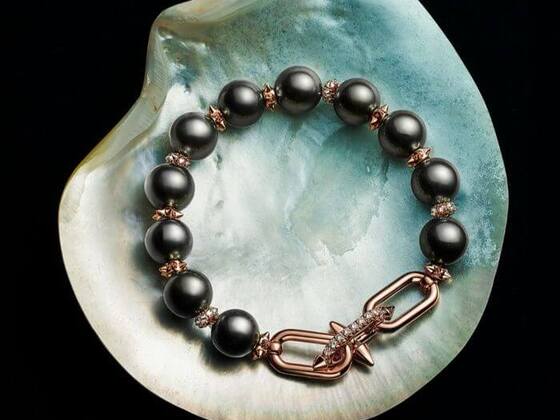
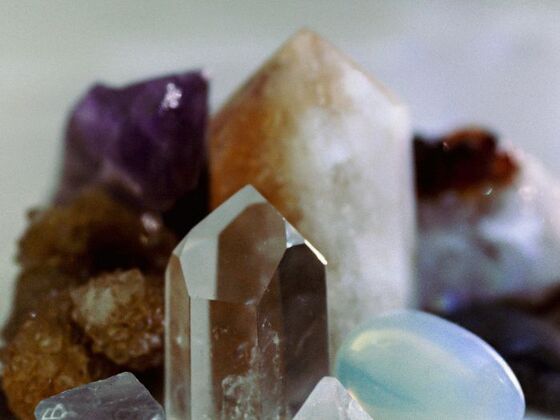

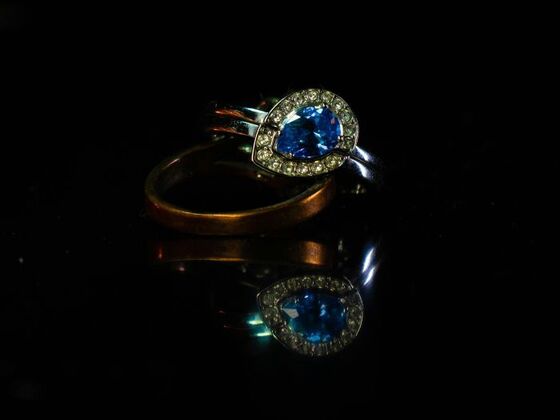
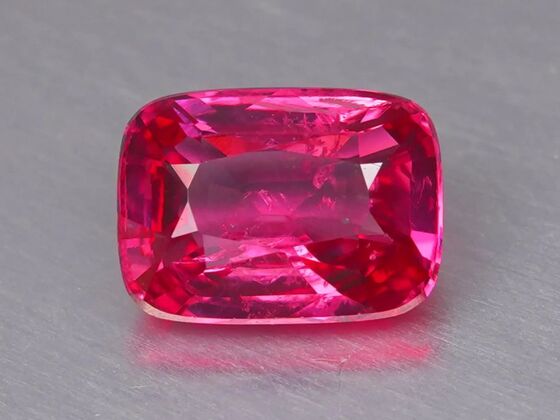
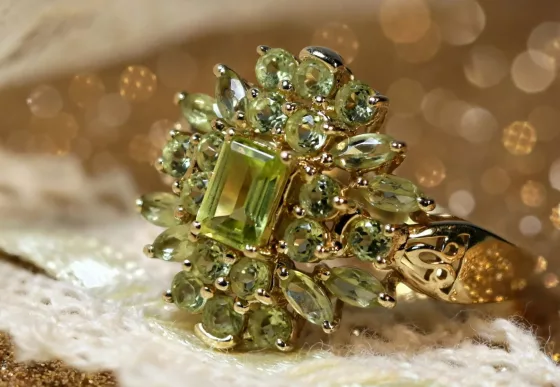
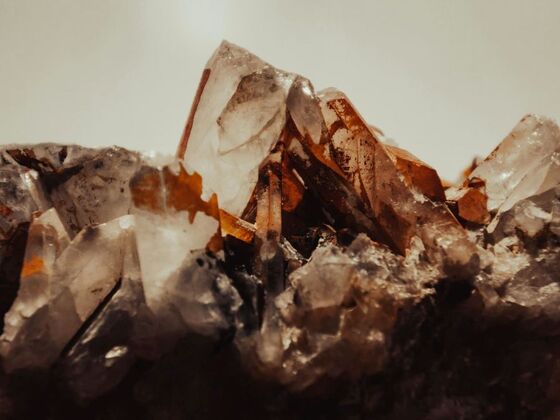
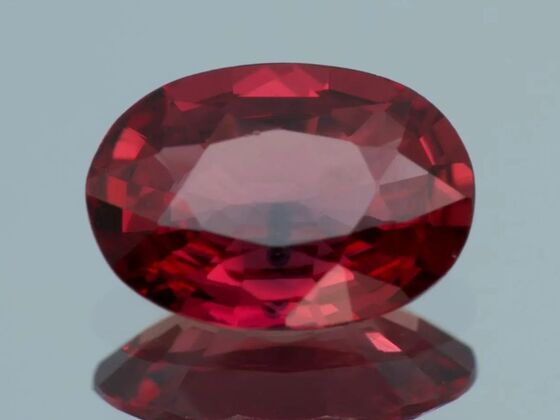
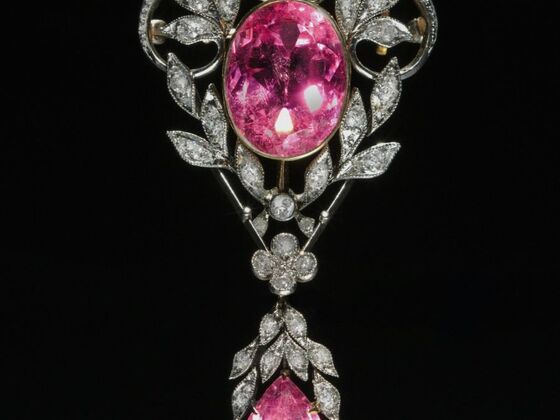
1 comment
Sweet blog! I found it while browsing on Yahoo News. Do you have any tips on how to get listed in Yahoo News? I’ve been trying for a while but I never seem to get there! Thank you
Comments are closed.